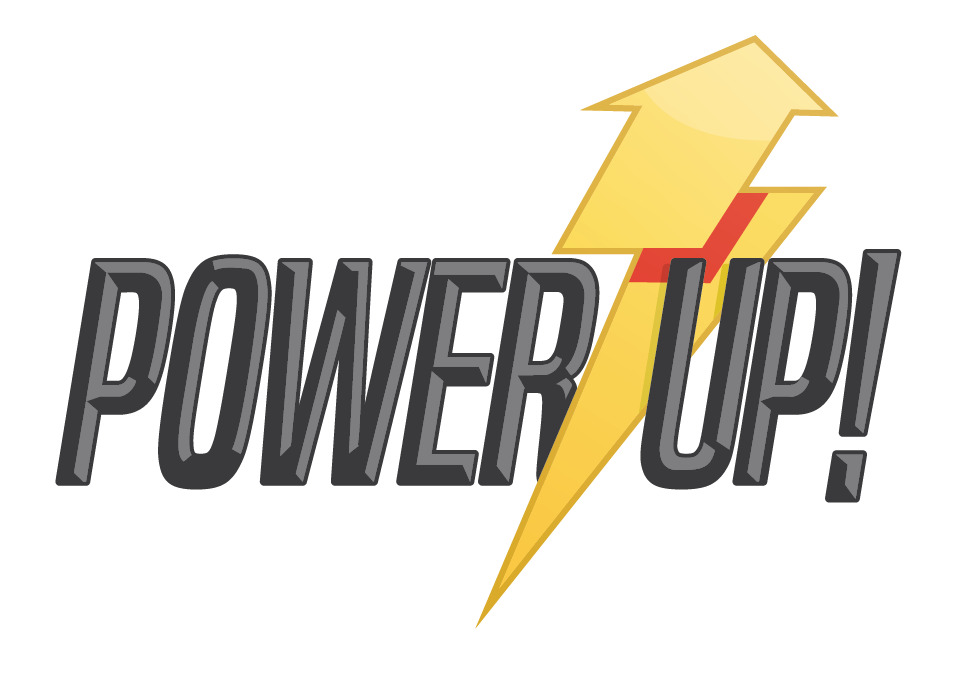Let me heave in a big breath to describe this round 2 knockout of a Cappers compilation. In a big Zangief bear hug manoeuvre, Capcom has crunched together four of its late-’90s/early-’00s 2D fighting classics (SNK vs. Capcom: Millennium Fight 2000 Pro; Capcom vs. SNK 2: Mark of the Millennium 2001; Capcom Fighting Evolution; Street Fighter Alpha 3 Upper). Plus, four early 3D experiments (Power Stone; Power Stone 2; Project Justice; Plasma Sword: Nightmare of Bilstein).
Better than just being corralled, everything has also been remastered with rollback netcode, quick-save features, training modes, visual filters, and the expected “museum” of music and art that can get risqué in spots.
To give you a basic gist before I grapple with each one of these items individually: the 2D titles mostly hold up as crunchy and precise as you remember, the 3D entries are more of a mixed bag (some gems, some curios) but all of them are now accessible on modern platforms with both Japanese and Western versions included.
I think, whether you’re a die-hard veteran looking for a nostalgia hit or a newcomer curious about Capcom’s underdog experiments, CFC2 is a lovely time capsule. Another exemplary coin-op-portunity worth pushing some bucks into.

SNK vs. Capcom: Millennium Fight 2000 Pro
This crossover baton-pass between Capcom’s Street Fighter DNA and SNK’s crisp Fatal Fury style arrived in arcades in late 1999, boasting two distinct “grooves” (control systems) that tweaked timing and meter management. It felt like a tag-team seminar: choose between a Capcom groove (sharper combos, tighter links) or an SNK groove (deep defensive options, custom combos), and brawl it out on dynamically shifting stages.
Honestly, I still get a (Heavy) kick out of making my boy Ryu mix it with Kyo, Chun-Li trading kicks with Mai Shiranui, and lesser-seen roster oddities like Eagle and Shen Woo—each bringing signature animations that nailed their home-arcade charm.
That being said, among fighting-game aficionados, Mf2K Pro is regarded as a “foundational” mix. To the layman: not quite the roster perfection of later crossovers, but a beloved prototype that showed Capcom and SNK could play nice in the ring.
This ’25-ified version glistens at 60 FPS with a pixel-perfect filter option, online rollback netcode, and in-game replays. It’s smoother than Dhalsim’s bald head, but I did suffer some occasional desyncs with an opponent on the other side of the planet. Still, seeing those sprite frames pop feels like discovering buried treasure.

Capcom vs. SNK 2: Mark of the Millennium 2001
CvS2 took that crossover concept up to 11, introducing the “ratio” system (your team’s total strength points) and an absurdly deep groove palette: four distinct styles (A, G, S, and C-ism), each bending the rules of meter, speed, and meter to health tradeoffs.
Roster-wise, it was a decent Who’s Who of both universes—Kensou, Athena, Cammy, and Rock Howard cooling your heels alongside Zangief and Geese Howard. This is mainly why it remains a tournament staple and, to many, the pinnacle of cross-company fighting design. Its depth still keeps pro players up at night debating “Which groove is truly best?”
Capcom’s remaster nails the frame data, offers training-mode hit-box overlays, and (again) includes rollback netcode. One of the main reasons to get this package, honestly.

Capcom Fighting Evolution
Known in (quarter-)circles as “CFE,” this PS2/Xbox mash-up felt like your weird friend who loved every fighting franchise a bit too much: Streeties II, III, Alpha, Darkstalkers, and even Red Earth all suplexed into one roster. The catch? Each character inherited their championship game’s move set and properties—so Ryu fights like Ryu, and Morrigan floats like… well, Morrigan.
Guile versus Demitri? Sure! Anakaris versus Gill? Why not? CFE’s joy lies in absurd matchups. Watching Sakura juggle Donovan, or seeing Mega-Man do a Hadouken is still pure fan-service mania. I’d mark it as an oddity; an entry no purist asked for but it’s nice it’s there anyway.

Street Fighter Alpha 3 Upper
This I loved to see. Street Fighter’s grand finale in the Alpha series, “Upper” added two more characters (Eagle and Karin), more combo tweaks, and still revolves around the option to pick one of three “Isms” (X, A, or V) that altered speed, damage, and mobility.
Attending arse-kickers included classic stalwarts (Ryu, Chun-Li, Ken), but it’s the cameo DJs like Sakura, Rolento, and Guy that spice up the roster—and don’t get me started on the whimsical cameo by some of Bison’s Shadowloo flunkies.
Alpha 3 Upper is the “best SFII-style fighter” until SF III stole that crown. I still love it for tight controls, huge roster diversity, and secret boss fights. The remaster cherries on top are that you can switch-on-the-fly color palettes, arcade vs. arranged music toggles, and the netcode felt solid to me.

Power Stone
While the original SoulCalibur was the game that made me buy a Dreamcast, Power Stone was a decent secondary reason. It’s basically a 3D isometric-ish arena brawler that’s Smash Bros. meets Capcom: pick up random bazookas, spin your foe off a cliff, and transform into a Power Stone beast for a “Power Drive”.
Today, it rightly feels like a lauded cult favourite. You’ll either fall in love with its frantic chaos or swear never to return. It’s less “tournament mainstay” and more “party-weekend staple” thanks to being 4P single-screen enabled.
As for the spit-polish, it’s running stereo-clean at 60 FPS with rollback netcode, four-player online lobbies, and stage-shake filters. You can even disable camera zooms if you prefer to keep your lunch on the table.

Power Stone 2
Honestly, more of the same but…well, more. Shifting from free-for-all brawls to a four-player “Battle Royale” formula, Power Stone 2 introduced team combos, tag battles, and dynamic boss encounters featuring complete mayhem on moving platforms.
Weirdly, I still prefer the original. Not because this is a bad sequel. I just spent way, way too many hours beating up my friends and neighbours on the inaugural Power Stone. The only thing I lament about this inclusion in the compilation is that there’s no option to get the Japanese version where one of the fighters was called “Fokker”. Endless hilarity when I was a teenager.

Project Justice (a.k.a. Rival Schools 2)
Welcome to weird. More specifically, Capcom’s anime-style schoolyard brawler swapped one-on-one duels for three-on-three team clashes, tagging in allies and building “Team Gauge” attacks. Improved over the original game that I played the crotch out of on PS One, this added a strategic layer missing from most fighters.
While this wasn’t my jam, I can see why it’s considered an underrated gem; a cult classic with a small but passionate community that prizes its character arcs and team dynamics. The remaster nets rollback code, crisp sprite scaling, and an art gallery packed with over 100 pieces of promo art. It’s like a yearbook of your favourite batshit, combat-obsessed high school.

Plasma Sword: Nightmare of Bilstein
Last and definitely least for me, this is a 3D sequel to Cyberbots. Essentially, this sci-fi spectacle lets you pilot giant mechs in meaty button-mashing bouts, complete with energy shields and multi-target lock-ons.
A rare arcade oddity, at best. Probably too deep for casuals and too niche for mainstream. But I imagine curious mech-enthusiasts and Cyberbots completists will still rally around it. If they do, they’ll get rollback netcode, adjustable camera angles, and artwork galleries (including drool-worthy mech schematics).
All told, Capcom Fighting Collection 2 is a lovingly assembled shrine to a transitional era. A primordial time when fighters flirted with 3D, indie-style mash-ups, and dream-big crossovers. What’s gathered here isn’t flawless: some 3D entries seriously show their age, and local versus can feel like waiting in line for the Sideshow Freaks. But the package extras—quick-save suspend points, in-game training and replays, plus a gallery of over 800 illustrations and original soundtracks—make this feel like more than a dusty old HDD of ROMs.
For Aussie arcade veterans like me, CFC2 is a joystick-shaped time machine. And for newcomers, it’s a history lesson in pixel-perfect violence, complete with warts, quirks, and the occasional “why was that concept artist so horny that day?” moment. So plug in your headset, crank the volume, and let those 16-bit sprites and I’ll see you in leaderboards.





